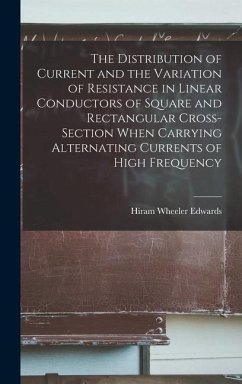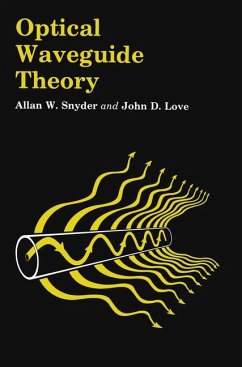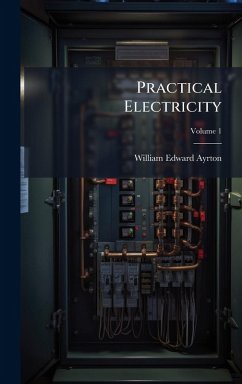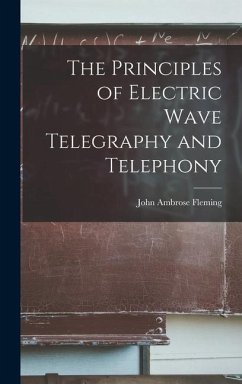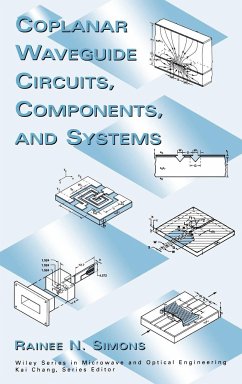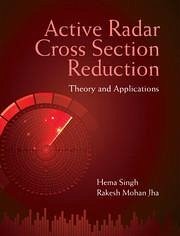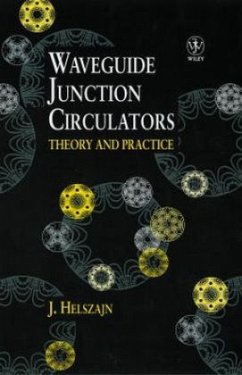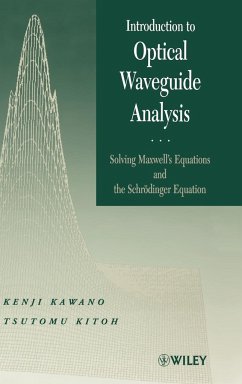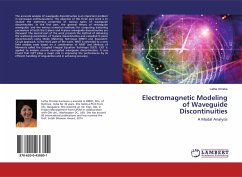
Efficient Electromagnetic Material Characterization via 2-D Rectangular Waveguide Reduction
Versandkostenfrei!
Versandfertig in über 4 Wochen
29,99 €
inkl. MwSt.
Weitere Ausgaben:

PAYBACK Punkte
15 °P sammeln!
A new, low-frequency, rectangular waveguide-based electromagnetic material characterization technique is developed that will reduce the test sample size in two dimensions realizing up to 50 percent reduction in sample cross-sectional area. To achieve this, custom made, reduced aperture, sample holder flanges were used that reduce the waveguide's excessive cross-sectional dimensions, resulting in reduced sample fabrication costs. Additionally, MatLab code was developed to implement the rigorously derived modal-analysis solution that accommodates induced, higher-order transverse electric and tra...
A new, low-frequency, rectangular waveguide-based electromagnetic material characterization technique is developed that will reduce the test sample size in two dimensions realizing up to 50 percent reduction in sample cross-sectional area. To achieve this, custom made, reduced aperture, sample holder flanges were used that reduce the waveguide's excessive cross-sectional dimensions, resulting in reduced sample fabrication costs. Additionally, MatLab code was developed to implement the rigorously derived modal-analysis solution that accommodates induced, higher-order transverse electric and transverse magnetic modes and accurately extract the reduced test sample's constitutive parameters. Experimental results using various test samples are compared to known, full-aperture measurements for both the reduced aperture waveguide configurations to verify the theoretical analysis. A differential error analysis is also performed for each configuration in an attempt to estimate the error associated with test sample thickness, aperture dimensions, and sample placement uncertainties. This work has been selected by scholars as being culturally important, and is part of the knowledge base of civilization as we know it. This work was reproduced from the original artifact, and remains as true to the original work as possible. Therefore, you will see the original copyright references, library stamps (as most of these works have been housed in our most important libraries around the world), and other notations in the work. This work is in the public domain in the United States of America, and possibly other nations. Within the United States, you may freely copy and distribute this work, as no entity (individual or corporate) has a copyright on the body of the work. As a reproduction of a historical artifact, this work may contain missing or blurred pages, poor pictures, errant marks, etc. Scholars believe, and we concur, that this work is important enough to be preserved, reproduced, and made generally available to the public. We appreciate your support of the preservation process, and thank you for being an important part of keeping this knowledge alive and relevant.



